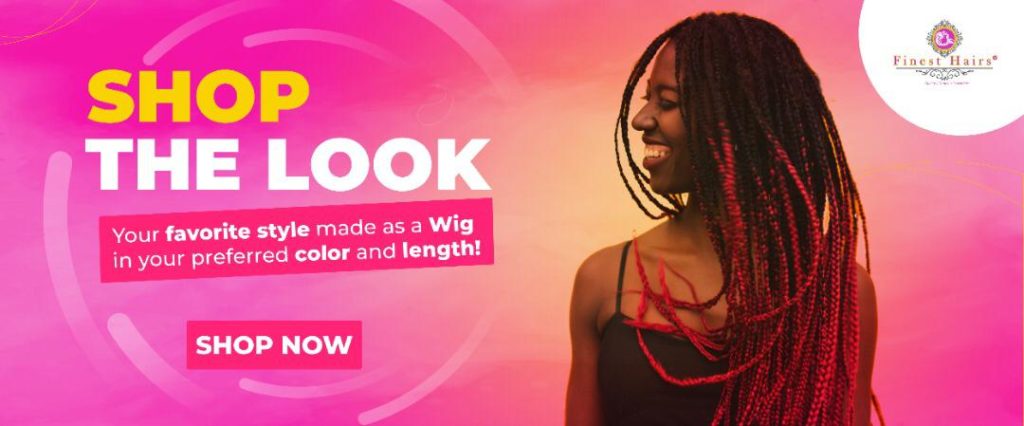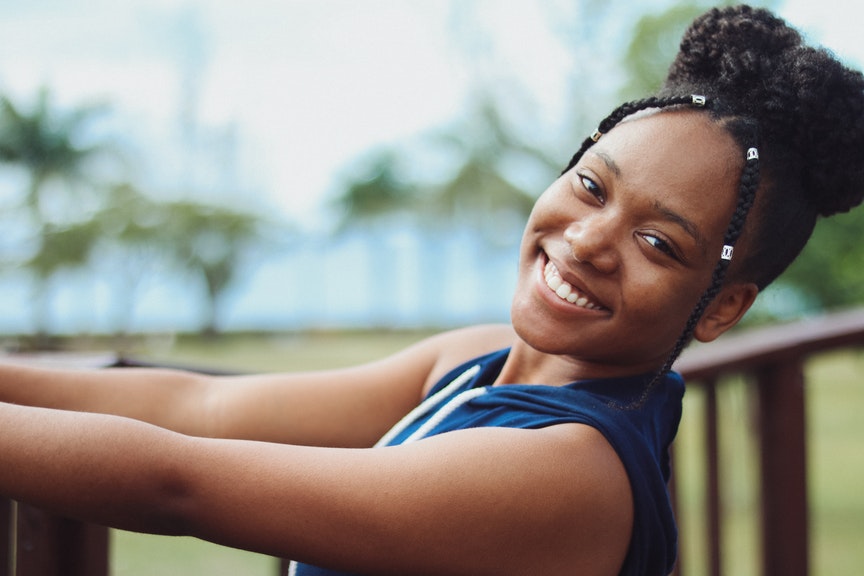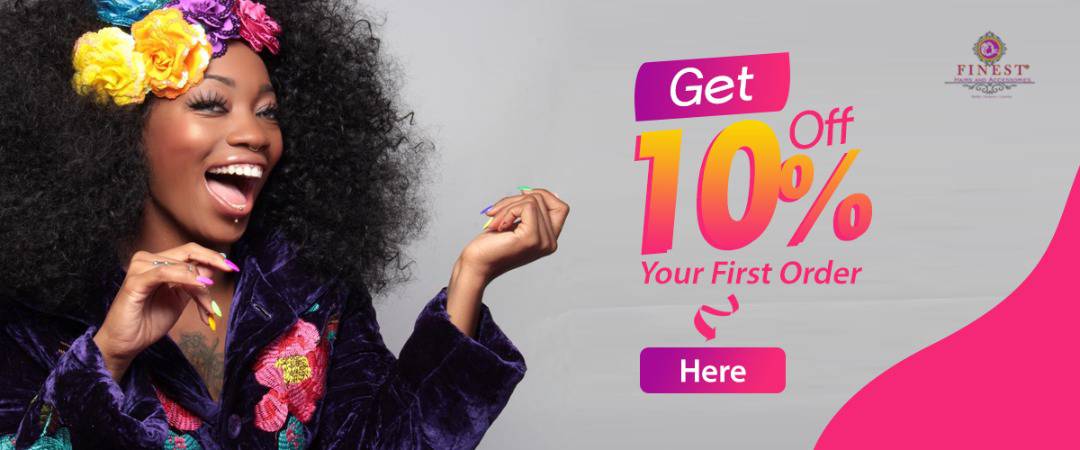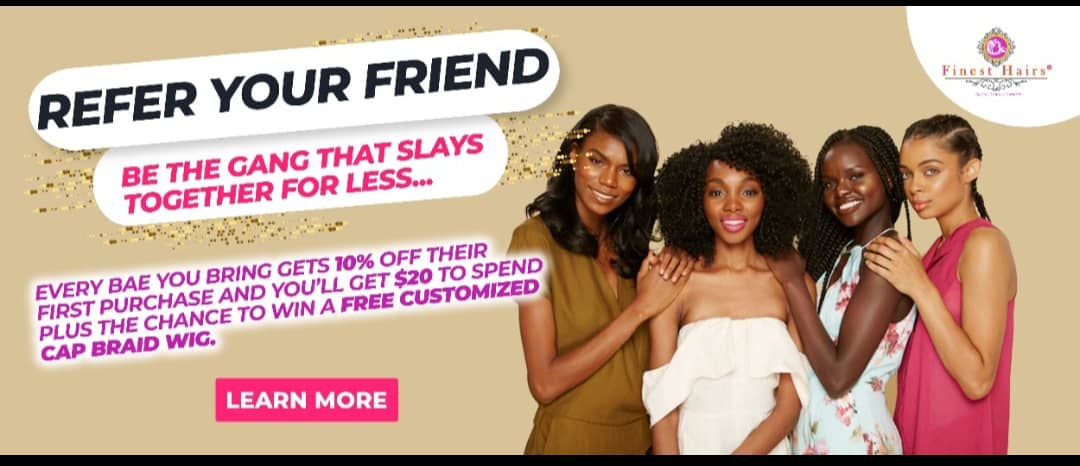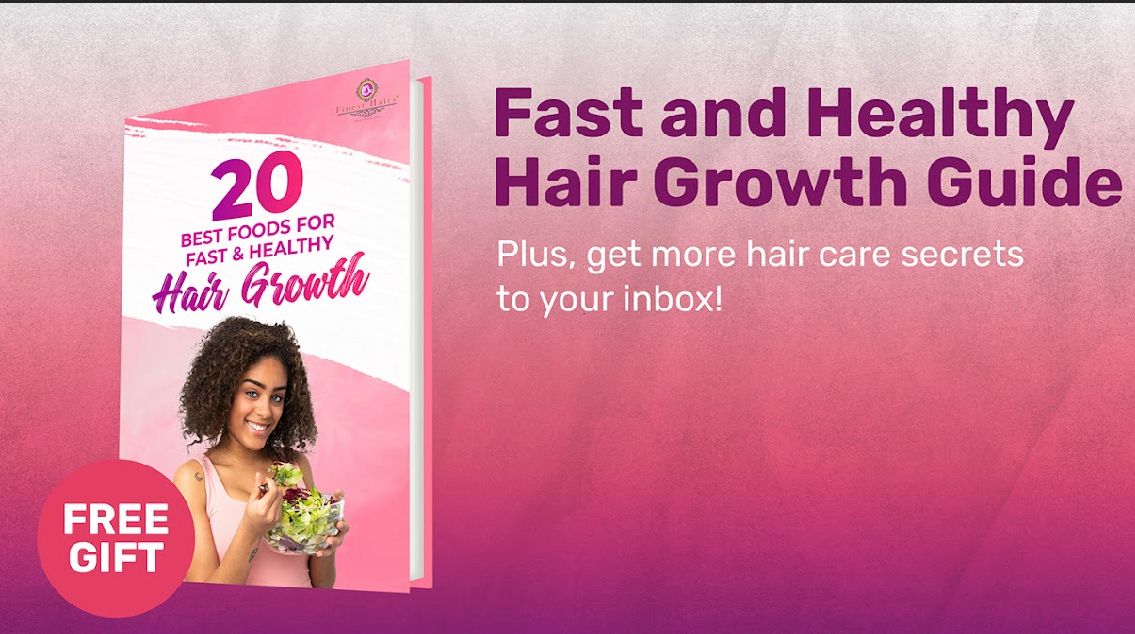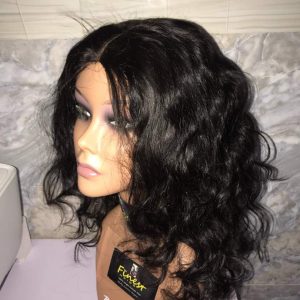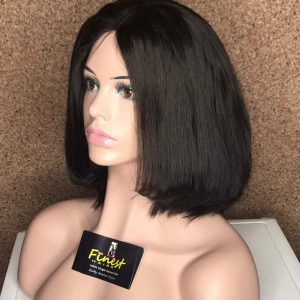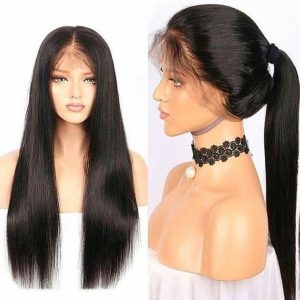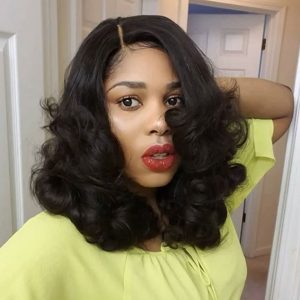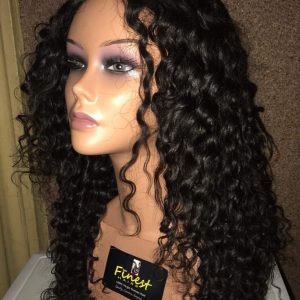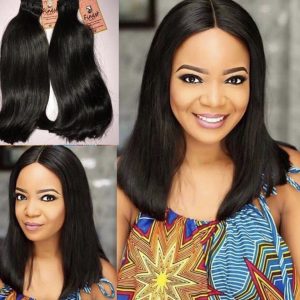Edges, roots and tips.
Every part of your hair needs maximum care and attention, and protective styling is one way to achieve this. Protective Hairstyles help to reduce the effect of pulling, tugging, and manipulation that come with styling hair from time to time.
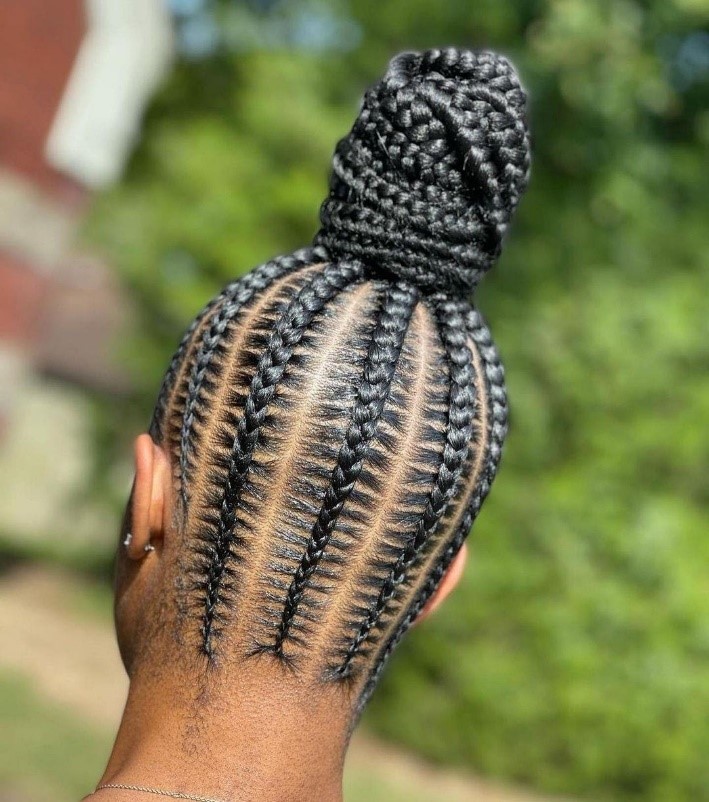
Credit:@braidsplug
There are a lot of misconceptions about protective styling, particularly within the Afro-textured hair community. Most often, for people who carry their hair in its natural, unprocessed state, protective styling has become more like a go-to term for any hairdo that is low-.maintenance. Well, while that is partly true, there is also more to protective styling. So, let’s get clear on the facts.
What are protective hairstyles?
Wikipedia defines a protective hairstyle as one that tucks the ends of your hair away and keeps it free from manipulation. The tips or ends of your hair are the oldest and weakest parts, making the strands prone to breakage.
Remember that the regular hair care routine that your hair needs including washing, (deep) conditioning, detangling, trimming and styling require that you frequently tug at your hair. Each time you do this, bear in mind that it is normal to experience some hair shedding.
Unlike the hair of people from other races, black hair is especially prone to breakage and weather changes. The curliness and texture of our hair mean that we must take extra care to avoid it being pulled at or tangling. As such, protective hairstyles help to prevent daily manipulation and climatic conditions.
Protective hairstyles are a great option for many reasons:
- They stimulate healthy hair growth
- They help repair any hair breakage that has happened over time.
- They keep the hair safe from daily over-manipulation.
- They are versatile, come in various styles and can be easily switched for any occasion (be it formal, casual or glamourous).
Best of all, they are easy to manage.
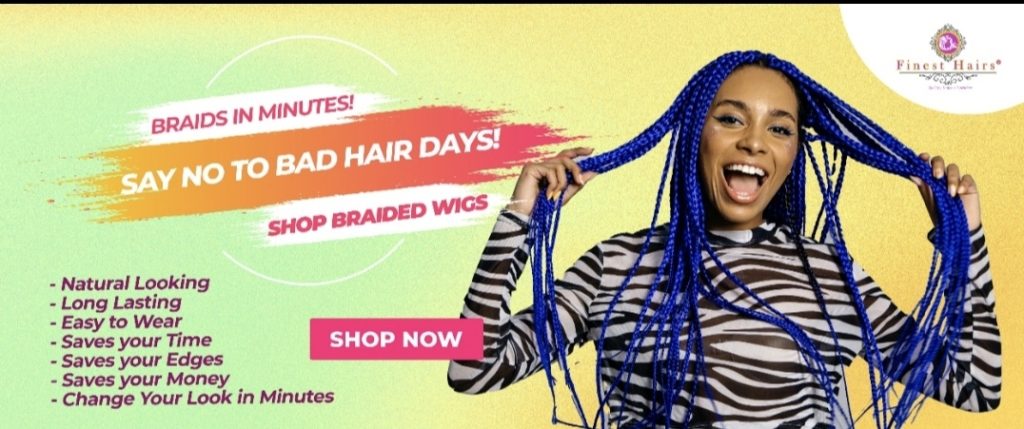
Things to consider when choosing Protective Hairstyles
Protective hairstyles can solely utilise your natural hair or include extensions for extra volume. However, with many other things, personal choice plays a big role in selecting suitable hairstyles. So, what should you look out for when choosing a protective hairstyle?
- Avoid styles that are too tight or pulled back from your edges: Tension to your scalp can cause hair conditions that are more than you bargained for, such as Traction Alopecia (hair loss caused by repeatedly pulling on your hair)). Symptoms include a receeding hairline around the forehead or nape of the neck; redness, itching, ulcers or small pimples on the scalp; widened hair partings and many more. Traction alopecia often develops from tight styling which stresses the scalp or strands.
- Avoid styles that are too small or too long: When the hair is strained, then whatever style you have on is not functioning as a protective style. Wearing your hair in a tight ponytail, cornrows, bun, or braids, is not the only way to damage your hair. Styles that are too tiny or long will eventually pull at your scalp as the hair gets older. This will again put pressure on the dangling strands, especially if you have them on with extensions.
- Ensure your hair is clean: Dirty hair needs no ‘protection’. And so, you want to make sure that your hair is squeaky clean by washing, deep-conditioning, and application of appropriate treatment to keep it nourished. Also, moisture is your hair’s best friend, so keeping your hair moisturized and hydrated before styling or installing new extensions make a lot of difference in your hair’s health. That way, you would not have to deal with product buildup, dandruff, excessive dirt and more when you eventually want to change your look.
- Refresh the hairdo: This point is a follow-up to the previous one. After the hair is done, don’t just abandon it until it is time for a new hairdo. Tend to it, take care of it and give it a frequent touch-up. Sometimes, you may need to work on it daily or weekly. Apply oils, leave-in conditioners, gels, spray or whatever product that enhances shine, and if applicable, use a brush or comb to keep stray strands in place. This not only keeps the hair neat, but it also prevents you from looking like a homeless person (LOL, we know there are some lazy hair days, but don’t make it too frequent).
- Choose a style that is simple and can truly go the distance without damage to your hair: Think about this for a minute, ‘What is so protective about braids that stretch down to your waist and pull your edges back?’ Just as the preparation phase ensures your hair is ready to be styled, the style that you choose is equally important. Not sure what style to make next? Find out about different protective styles and what they are look like before trying them out.
Please share your thoughts with us. Follow us on Instagram @finesthairstyles for a daily dose of hair/braids inspiration.
